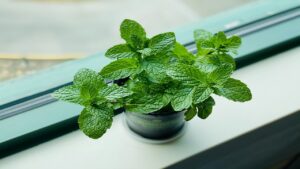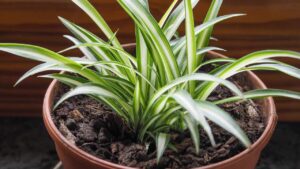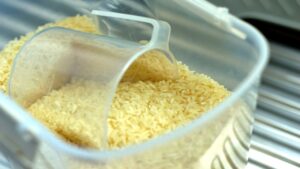How to Grow Dragon Fruit Tree From a Pitaya
Dragon fruit, also known as pitahaya or dragon fruit, is a particular variety of tropical fruit native to Central and South America. This exotic fruit can turn your garden into a spectacular sight, thanks to its distinctive pink color that forms a splendid contrast with the green leaves. If you’re interested in adding this beauty to your collection, we’ll guide you through a simple and foolproof method to grow it.
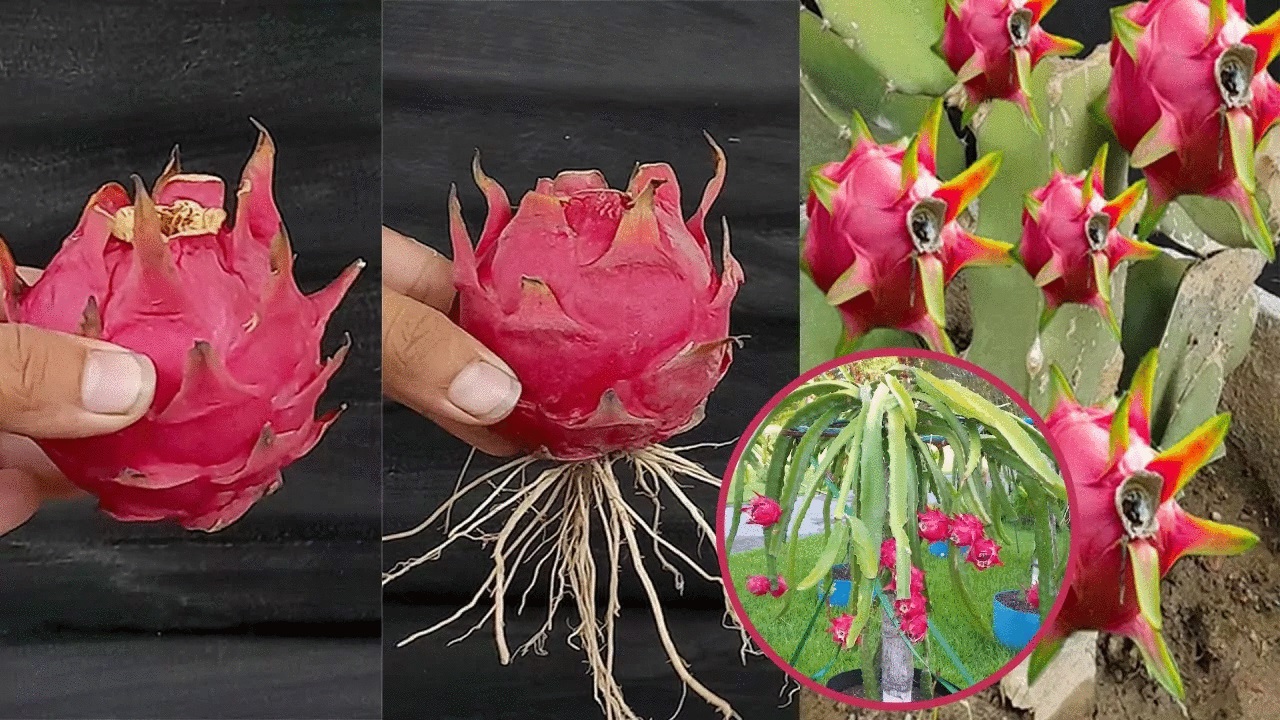
The Dragon fruit cactus yields oval or heart-shaped fruits with thick, scaly outer skin in vibrant shades of red, yellow, or pink. The inner pulp is usually white or pink, dotted with small black seeds. Resembling the texture of a kiwi, the fruit has a delicate, sweet, and juicy flavor.
Dragon fruit is renowned for its resilience to heat and drought, thriving in challenging environmental conditions. It needs well-drained soil and requires minimal care. Additionally, this fast-growing fruit cactus matures remarkably quickly, typically yielding fruit within a short span of 30 to 50 days after flowering.
Beyond its captivating appearance and distinctive flavor, this fruit boasts a wealth of essential nutrients. Abundant in vitamins C, B, and E, it fortifies the immune system and nurtures healthy skin. With a notable fiber content, it aids digestion and fosters a feeling of fullness.
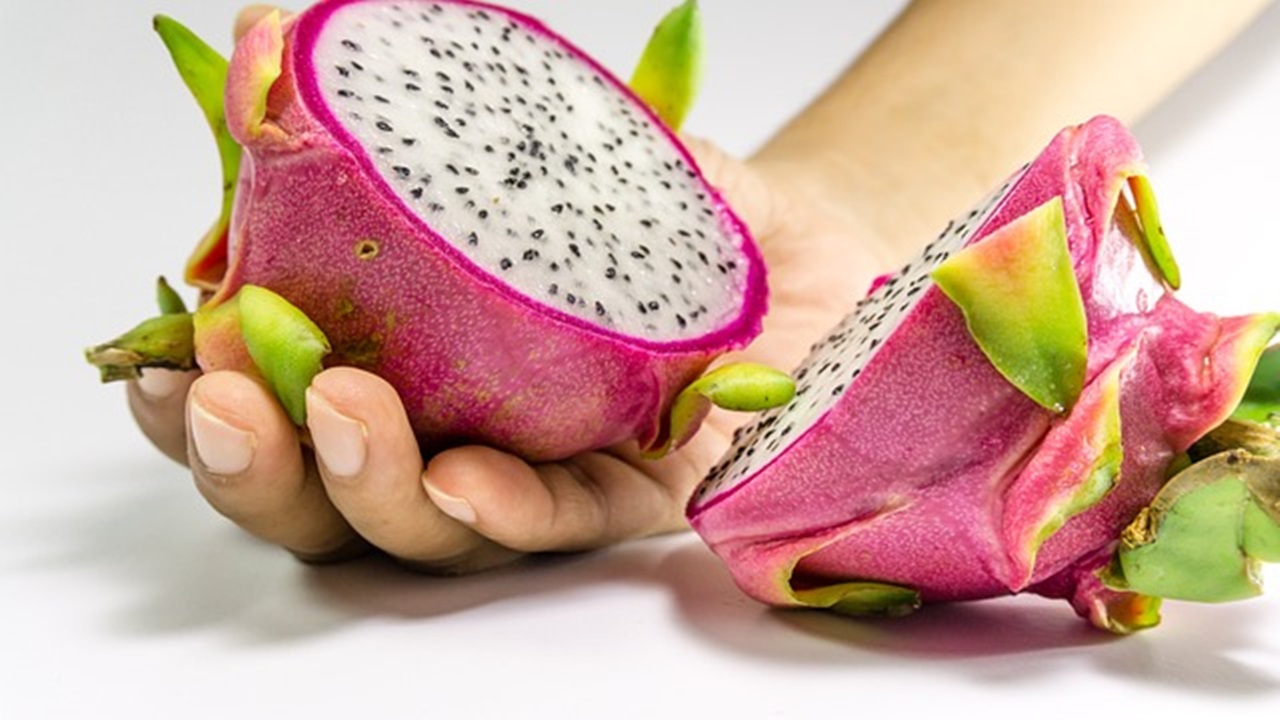
How to grow dragon fruit and always have it available
These trees, or rather cacti, can be grown from seeds from cuttings but also starting directly from the pitaya, i.e. from the fruit. Let’s see how to do it.
For optimal growth, the pitahaya thrives in a warm, sheltered spot with direct sunlight and a tropical climate. If possible, choose a location near a wall to provide protection from both wind gusts and frost.
Dig a trench with a depth of at least 30 cm and a diameter of 30 cm. Place the pitahaya in the trench, ensuring the oval fruit’s rounded part faces upward. Cover the pit with a blend of soil and sand, then water it. Keep in mind that dragon fruits flourish when exposed to direct sunlight and moderate humidity.
In the beginning, the pitahaya may sprout several branches. Although it may seem like a good thing, it’s crucial to prune them to foster optimal growth. In the early stages, limit the plant to 3 to 5 branches for robust development. If there are more, cut the rest.
